Home>Home Appliances>Cleaning Appliances>When Was Vacuum Cleaner Invented
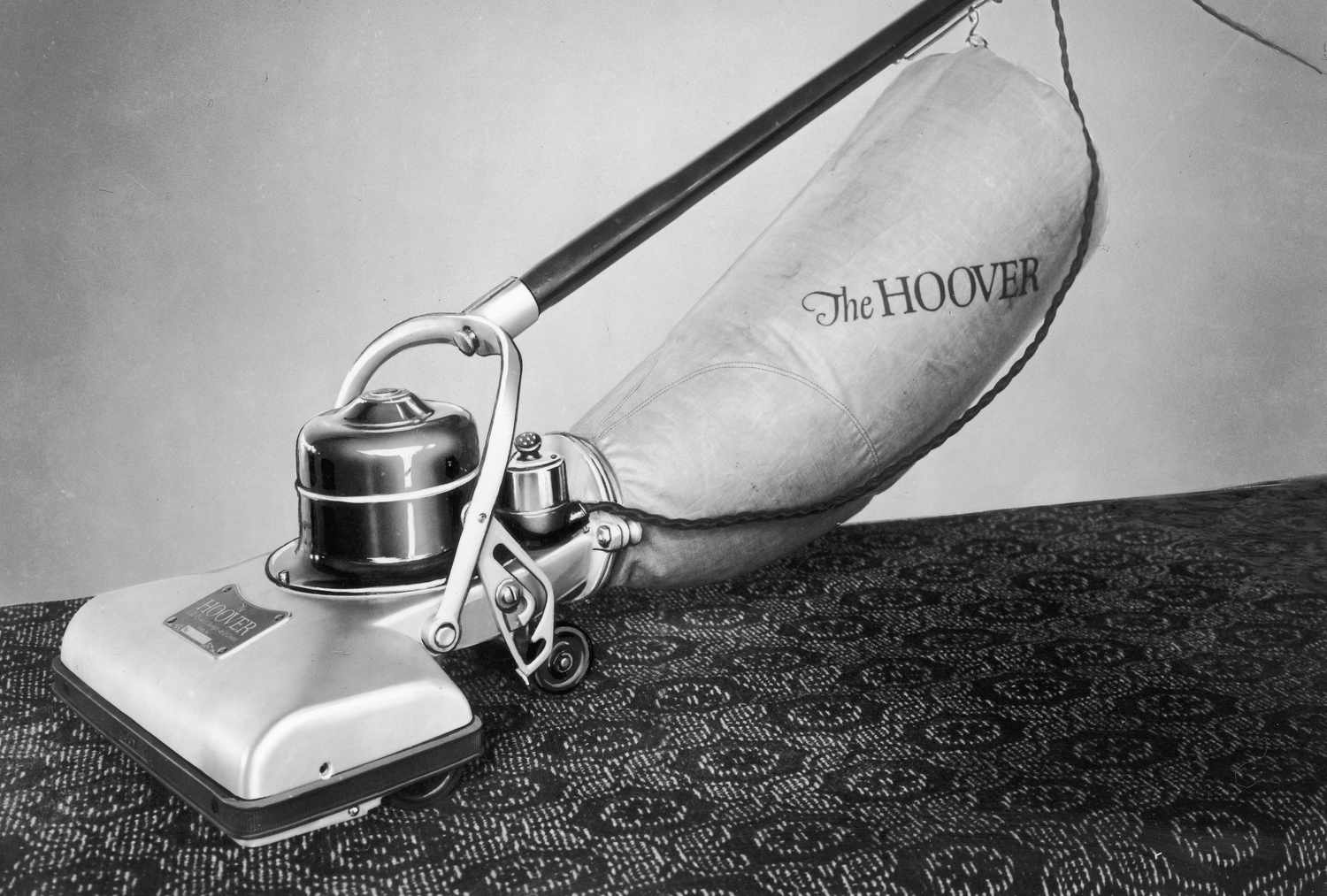

Cleaning Appliances
When Was Vacuum Cleaner Invented
Modified: January 18, 2024
Discover the history of the vacuum cleaner and how it revolutionized cleaning appliances. Learn about the invention and evolution of this essential household tool.
(Many of the links in this article redirect to a specific reviewed product. Your purchase of these products through affiliate links helps to generate commission for Storables.com, at no extra cost. Learn more)
Introduction
When it comes to keeping our living spaces clean and tidy, vacuum cleaners have become an indispensable tool in modern households. The convenience and efficiency they offer have revolutionized the way we maintain cleanliness in our homes. However, the concept of a machine specifically designed for cleaning floors and carpets didn’t materialize overnight. The journey of the vacuum cleaner spans centuries, marked by innovation, experimentation, and the persistent quest for a more effective cleaning solution.
In this article, we’ll embark on a fascinating exploration of the history of the vacuum cleaner, tracing its evolution from early attempts at cleaning to the sophisticated and powerful machines that adorn our homes today. Join us as we delve into the origins, innovations, and advancements that have shaped the humble vacuum cleaner into the essential appliance it is today.
Key Takeaways:
- The vacuum cleaner has a fascinating history, evolving from manual devices to powerful, technologically advanced appliances that make cleaning easier and more efficient for households worldwide.
- From the first powered vacuum cleaner to the introduction of robotic cleaners, each milestone has propelled the industry forward, offering consumers increasingly efficient and user-friendly solutions.
Early Attempts at Cleaning
In ancient times, keeping living spaces clean was a laborious and time-consuming task. Early civilizations relied on primitive methods such as sweeping with brooms made from natural materials like twigs, reeds, or straw. While these methods were effective to some extent, they often stirred up dust and debris, leading to incomplete cleaning and potential respiratory issues.
As societies progressed, so did the desire for more efficient cleaning methods. The advent of the Industrial Revolution brought about significant advancements in technology, spurring innovation in household cleaning tools. Manual carpet sweepers, which utilized rotating brushes to lift dirt and debris from floors, gained popularity during the 19th century. While these devices represented a leap forward in cleaning technology, they still required considerable physical effort and offered limited effectiveness.
It wasn’t until the late 19th century that the concept of a mechanized cleaning device began to take shape. Early inventors and tinkerers sought to harness the power of suction to remove dirt and dust from floors and carpets more effectively. These pioneering efforts laid the groundwork for what would eventually become the modern vacuum cleaner.
As we reflect on these early attempts at cleaning, it becomes evident that the quest for a more efficient and convenient cleaning solution has been an enduring pursuit throughout human history. The evolution of cleaning technology reflects our innate desire for cleanliness and the ingenuity required to achieve it.
The First Vacuum Cleaner
The genesis of the vacuum cleaner as we know it today can be traced back to the late 19th century. In 1869, Ives McGaffey, an American inventor, patented a device known as the “sweeping machine.” This early mechanical contraption featured a hand-cranked fan that created suction to draw in dirt and debris. While McGaffey’s invention laid the foundation for future vacuum cleaner designs, it was a cumbersome and unwieldy apparatus that required manual operation.
It wasn’t until 1901 that the first powered vacuum cleaner emerged, thanks to the pioneering work of British engineer Hubert Cecil Booth. Booth’s invention, known as the “Puffing Billy,” utilized a large, horse-drawn petrol engine to generate suction that was transmitted through long hoses into the building being cleaned. This monumental advancement marked a significant departure from previous manual cleaning methods, as the Puffing Billy offered a more efficient and powerful means of removing dirt and dust from interior spaces.
Shortly thereafter, in 1907, the world witnessed a pivotal breakthrough in vacuum cleaner technology with the introduction of the first portable electric vacuum cleaner by James Murray Spangler, an asthmatic janitor from Ohio. Spangler’s innovative design featured an electric fan and a cloth filter bag, providing a compact and convenient cleaning solution for residential use. Recognizing the potential of his invention, Spangler partnered with William Henry Hoover, and together, they established the Hoover Company, which would go on to become a household name synonymous with vacuum cleaners.
These early iterations of the vacuum cleaner represented a paradigm shift in household cleaning, offering unprecedented convenience and effectiveness. The rapid evolution of vacuum cleaner technology during this period laid the groundwork for the modern appliances that have become indispensable in homes worldwide.
The vacuum cleaner was invented in 1901 by Hubert Cecil Booth, a British engineer. He created a large, horse-drawn machine that blew air to clean the streets.
Evolution and Modernization
Following the groundbreaking developments of the early 20th century, the vacuum cleaner underwent a period of rapid evolution and modernization, leading to a diverse array of designs and functionalities. The mid-20th century saw the introduction of upright vacuum cleaners, featuring a more ergonomic and user-friendly design. These models incorporated rotating brushes and improved filtration systems, enhancing their cleaning capabilities.
As technology continued to advance, the emergence of canister vacuum cleaners provided consumers with a versatile alternative to traditional upright models. Canister vacuums offered greater maneuverability and efficiency, particularly on stairs and hard-to-reach areas, cementing their status as a popular choice for many households.
The latter half of the 20th century also witnessed significant advancements in vacuum cleaner technology, including the integration of bagless systems and cyclonic filtration pioneered by British inventor James Dyson. Dyson’s innovative approach revolutionized the industry, offering consumers a more hygienic and cost-effective cleaning solution that eliminated the need for disposable filter bags.
Moreover, the advent of robotic vacuum cleaners in the early 2000s represented a groundbreaking leap in convenience and automation. These autonomous devices utilize advanced sensors and artificial intelligence to navigate and clean living spaces with minimal human intervention, catering to the demands of modern, fast-paced lifestyles.
Today, the vacuum cleaner market boasts a diverse range of models equipped with cutting-edge features such as HEPA filtration for allergen removal, adjustable suction power for various surfaces, and smart connectivity for remote operation and scheduling. Furthermore, the integration of eco-friendly materials and energy-efficient technologies underscores the industry’s commitment to sustainability and environmental responsibility.
As we reflect on the evolution and modernization of vacuum cleaners, it becomes evident that these indispensable household appliances have continually adapted to meet the evolving needs and expectations of consumers. From their humble origins to the present day, vacuum cleaners have remained at the forefront of innovation, offering efficient and effective cleaning solutions for homes around the world.
Conclusion
The journey of the vacuum cleaner from its humble beginnings to its modern-day sophistication is a testament to human ingenuity and the pursuit of convenience and cleanliness. What started as rudimentary manual devices and horse-drawn contraptions has evolved into a diverse array of powerful, efficient, and technologically advanced appliances that have become indispensable in households worldwide.
Throughout history, inventors and innovators have continually sought to improve the effectiveness and convenience of cleaning tools, leading to groundbreaking advancements that have reshaped the way we maintain our living spaces. From the first powered vacuum cleaner to the introduction of bagless systems and robotic cleaners, each milestone has propelled the industry forward, offering consumers increasingly efficient and user-friendly solutions.
Today, the modern vacuum cleaner stands as a symbol of convenience, efficiency, and innovation. With a myriad of options catering to different preferences and lifestyles, consumers can choose from upright, canister, handheld, and robotic models, each equipped with advanced features designed to streamline the cleaning process and enhance indoor air quality.
Furthermore, the industry’s commitment to sustainability and eco-friendliness has led to the development of energy-efficient models and the integration of recyclable materials, aligning with the growing emphasis on environmental responsibility.
In conclusion, the evolution of the vacuum cleaner is a testament to the enduring human desire for cleanliness and the relentless pursuit of technological advancement. As these essential appliances continue to adapt to the changing needs of consumers, one thing remains constant: the vacuum cleaner remains a cornerstone of modern household maintenance, offering unparalleled convenience and efficiency in the quest for a cleaner, healthier living environment.
Frequently Asked Questions about When Was Vacuum Cleaner Invented
Was this page helpful?
At Storables.com, we guarantee accurate and reliable information. Our content, validated by Expert Board Contributors, is crafted following stringent Editorial Policies. We're committed to providing you with well-researched, expert-backed insights for all your informational needs.
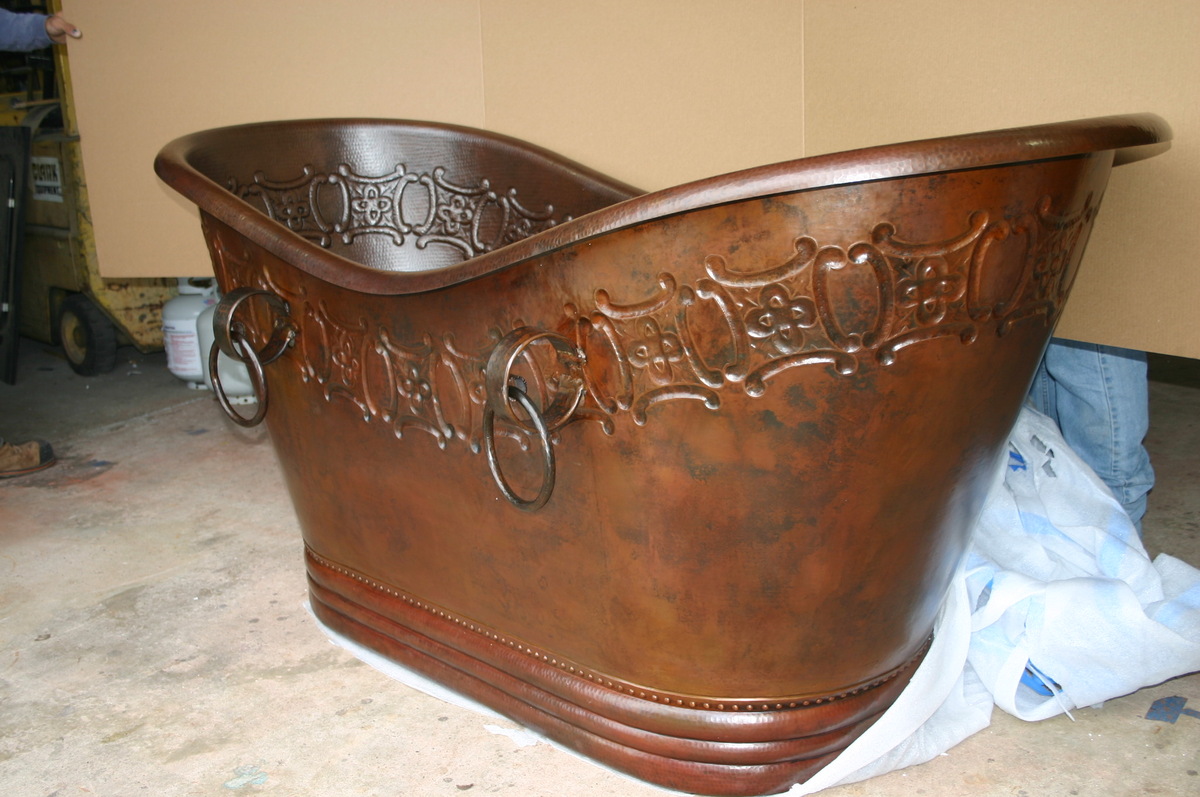
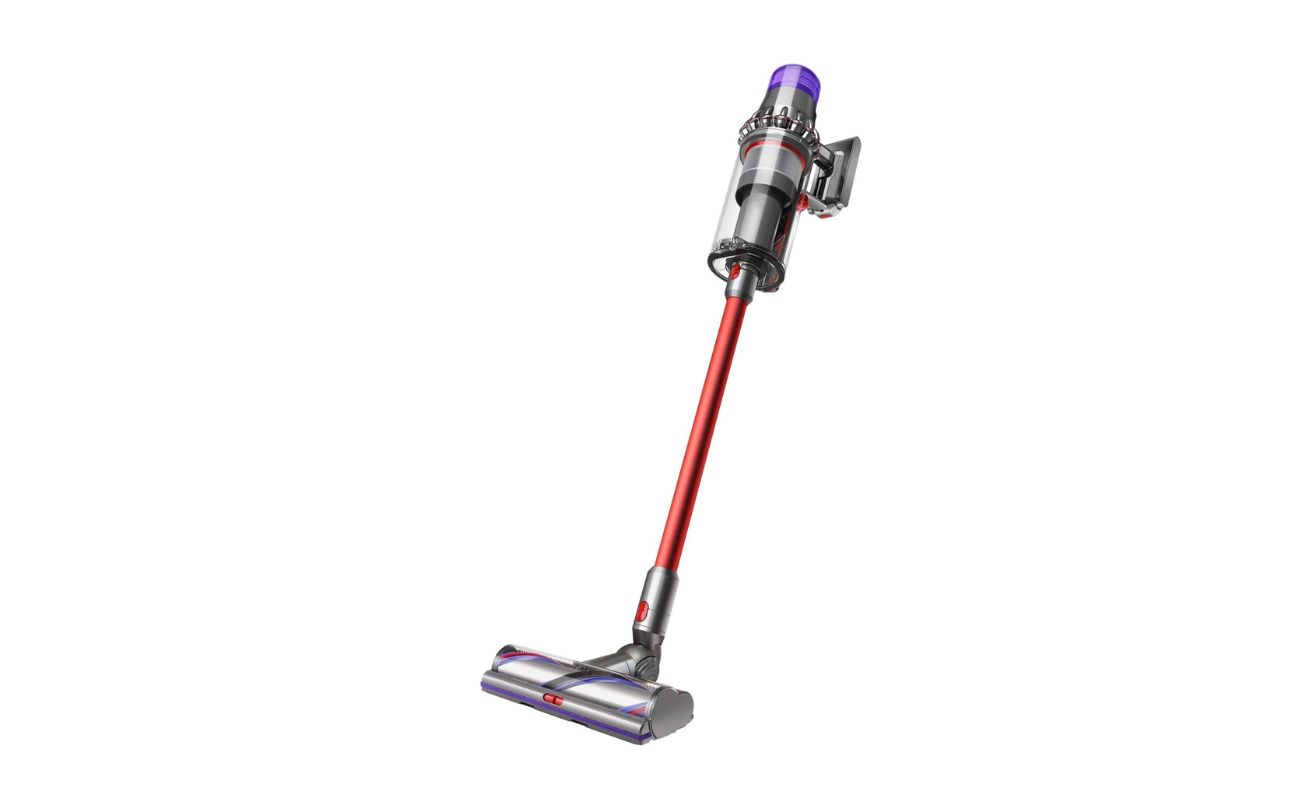
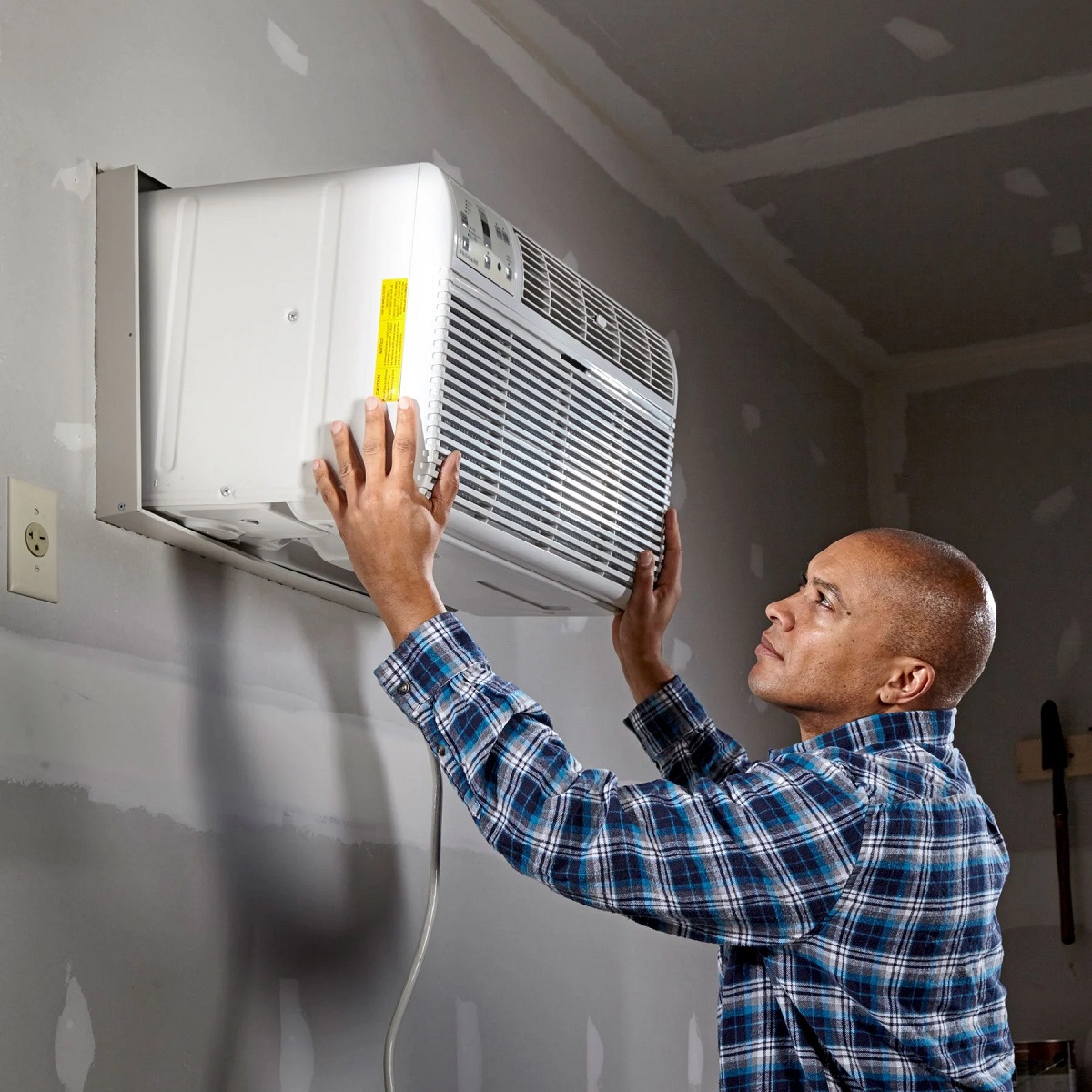
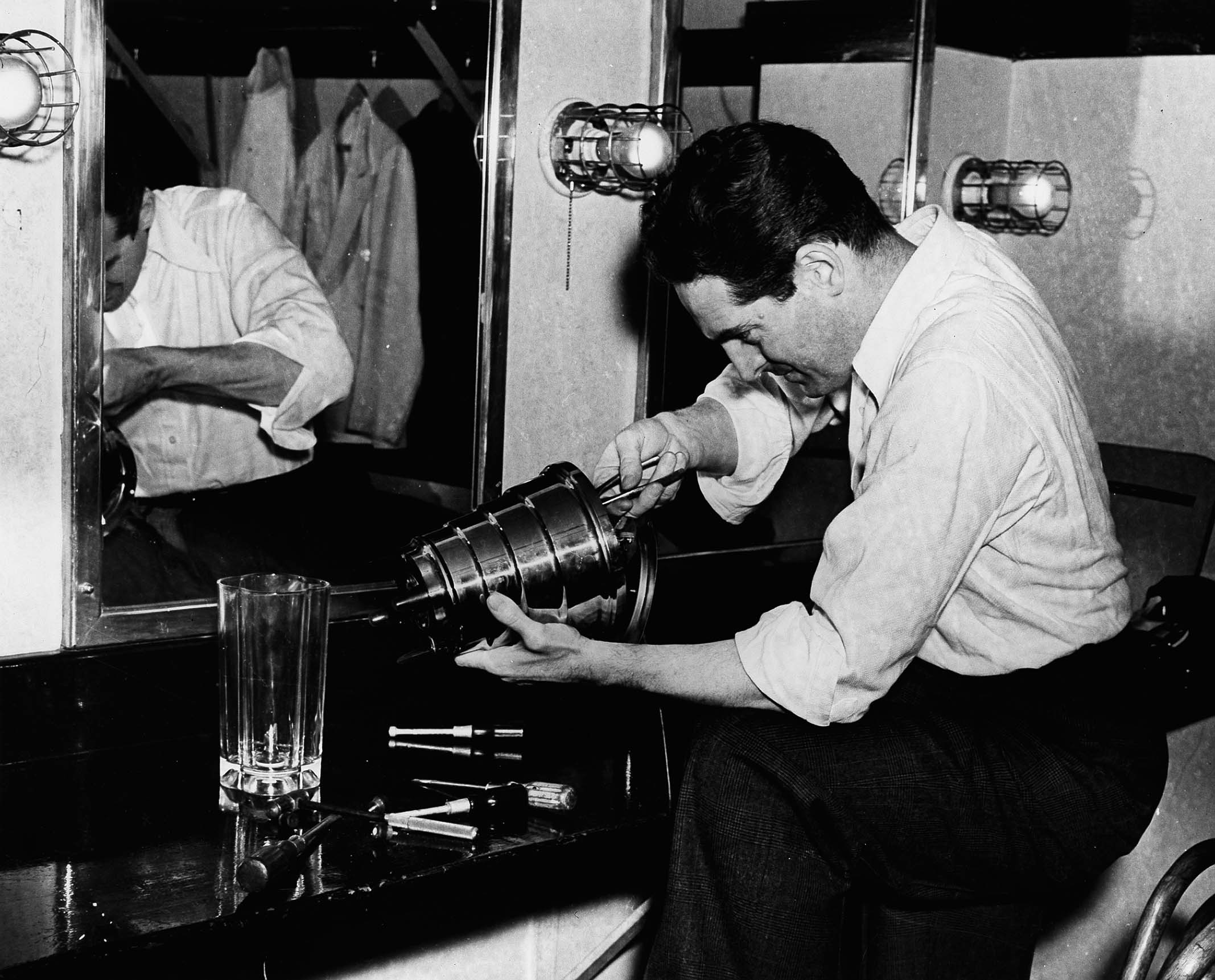

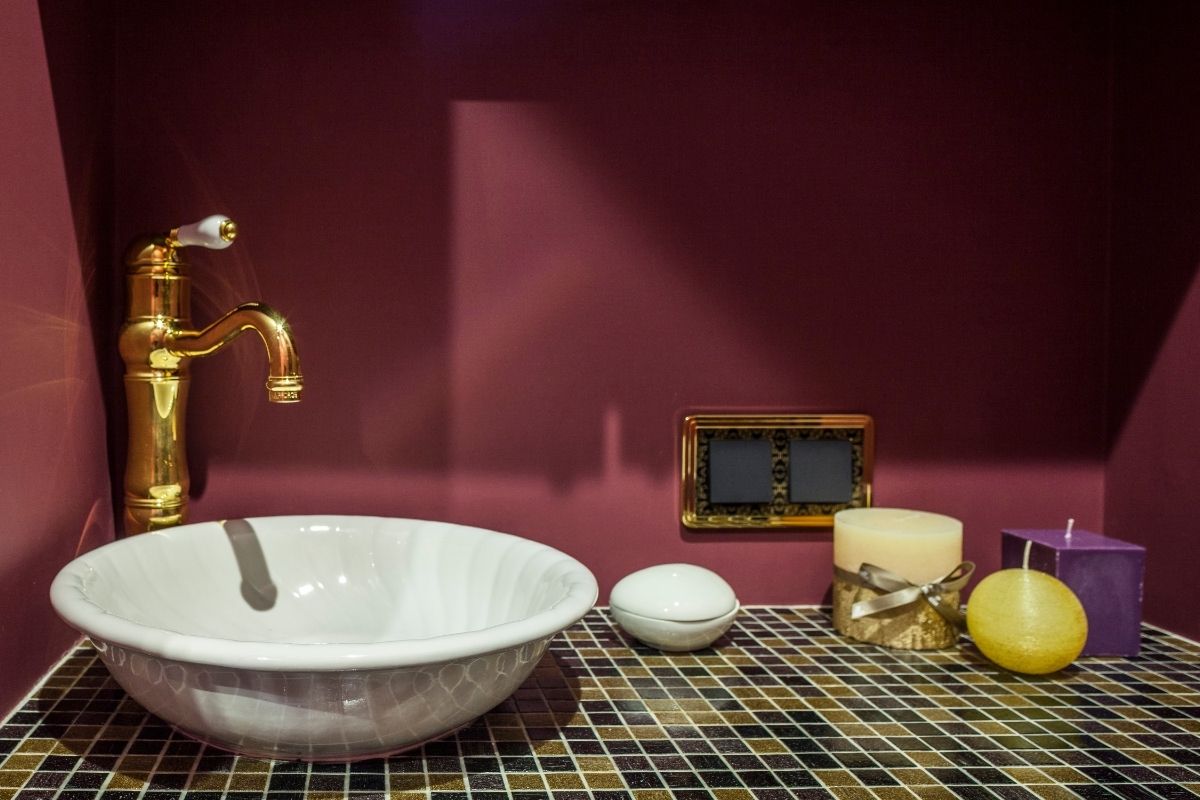



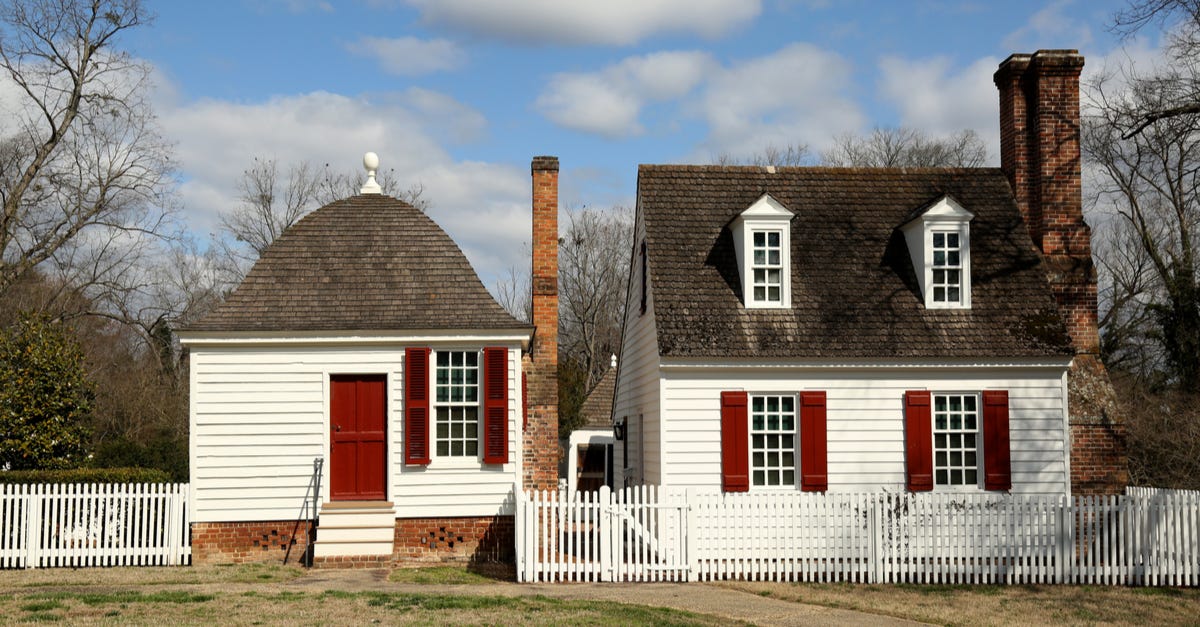
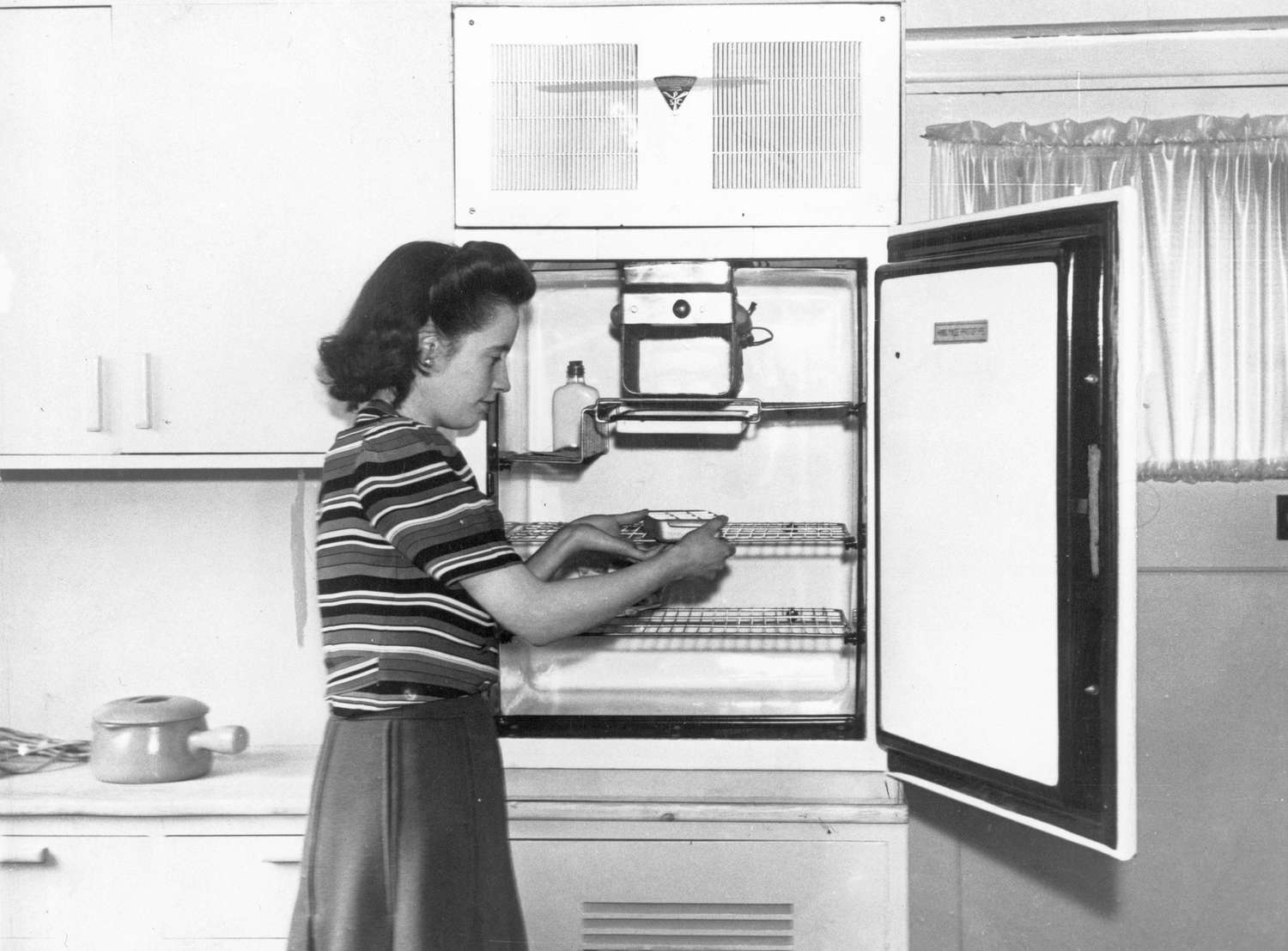
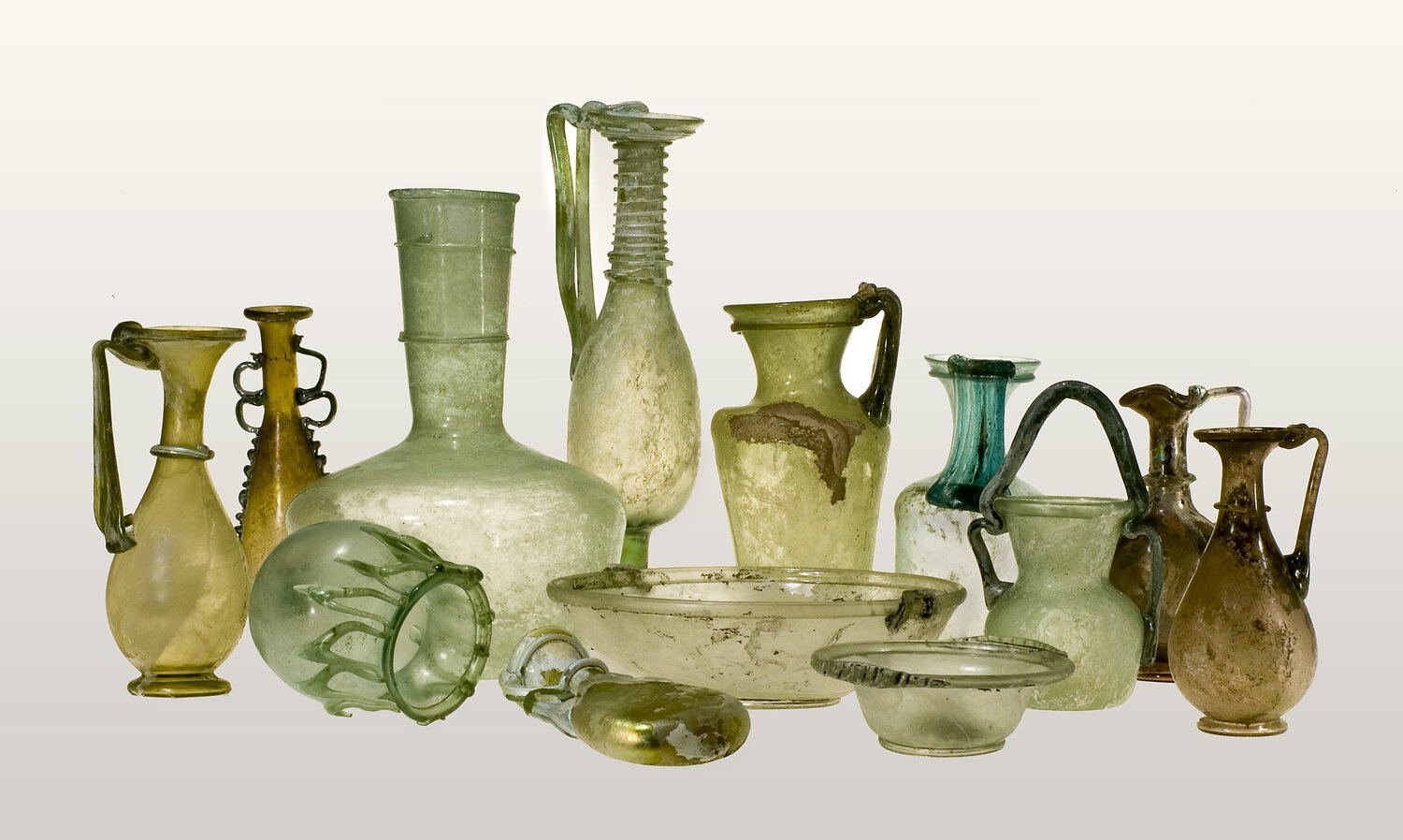
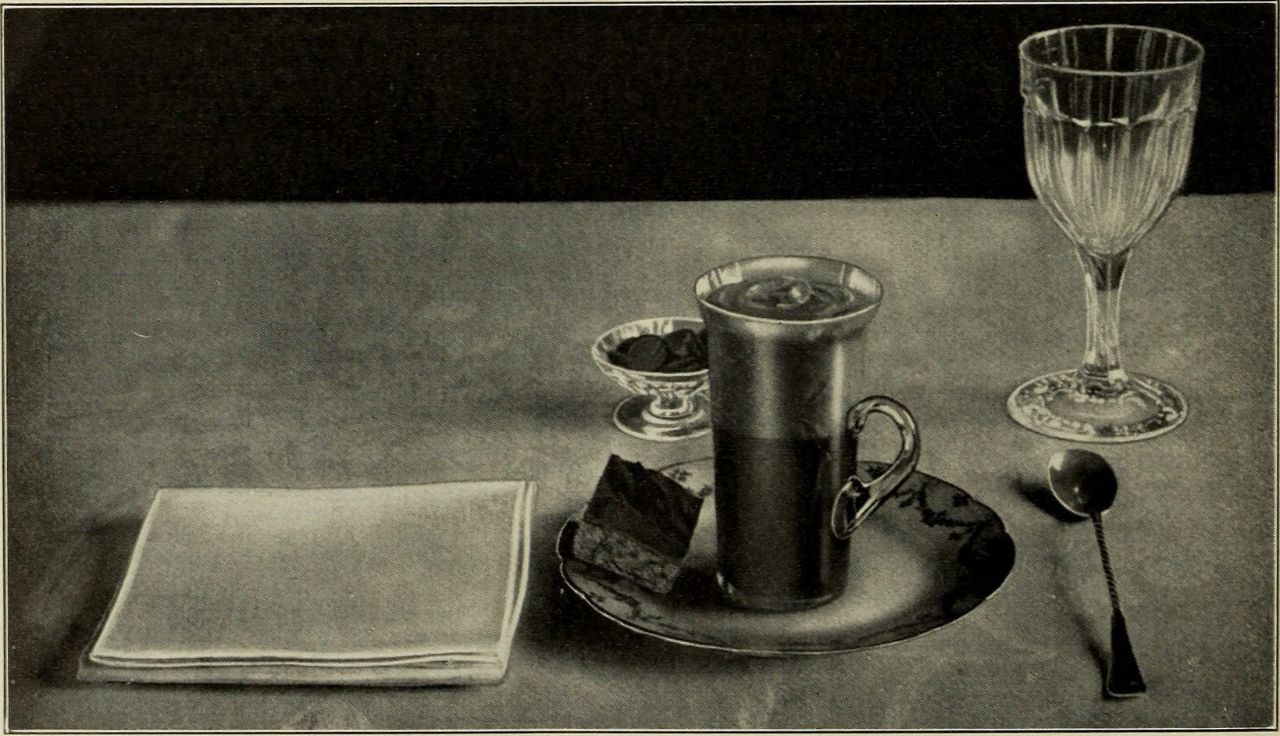

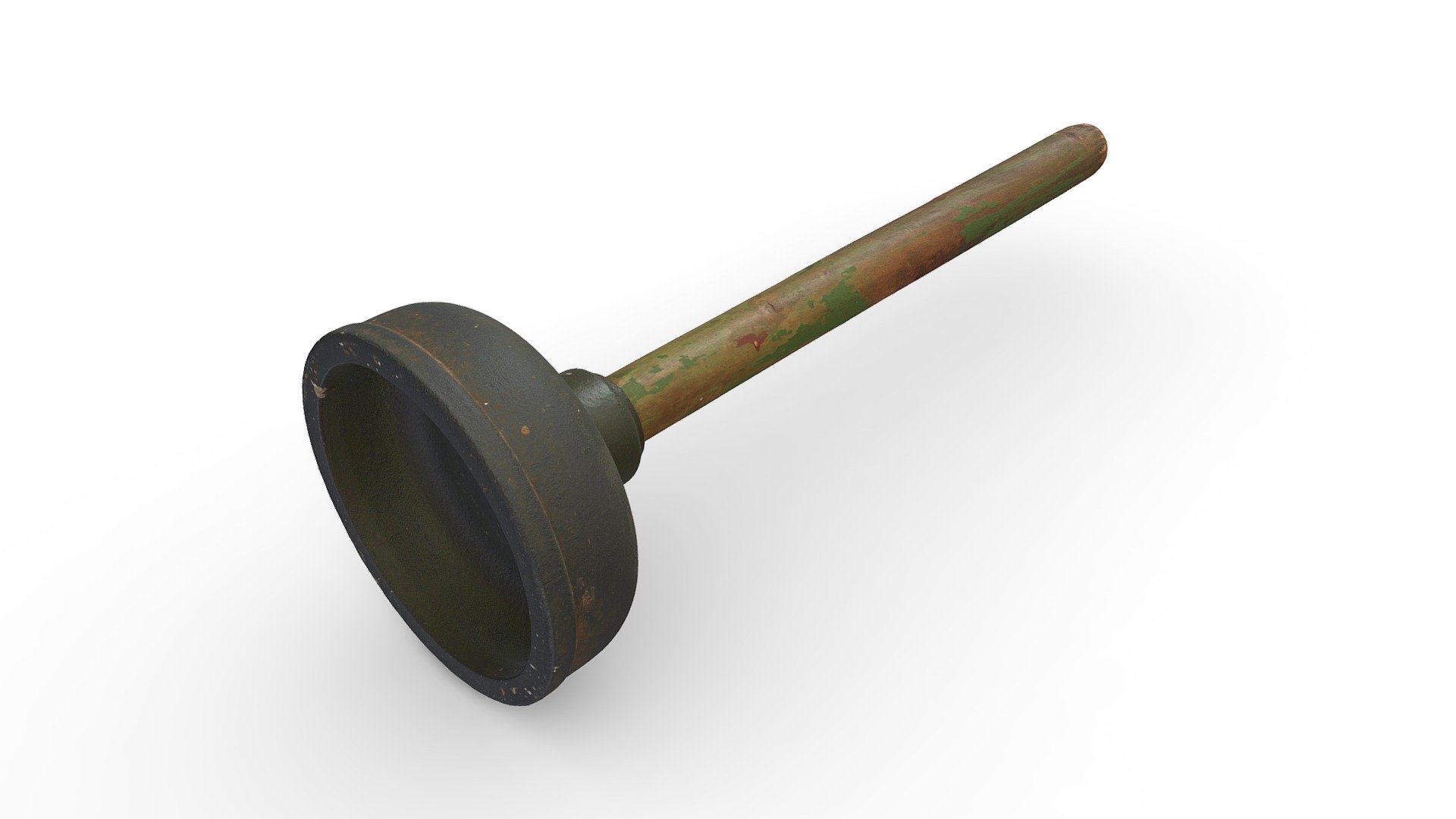

0 thoughts on “When Was Vacuum Cleaner Invented”